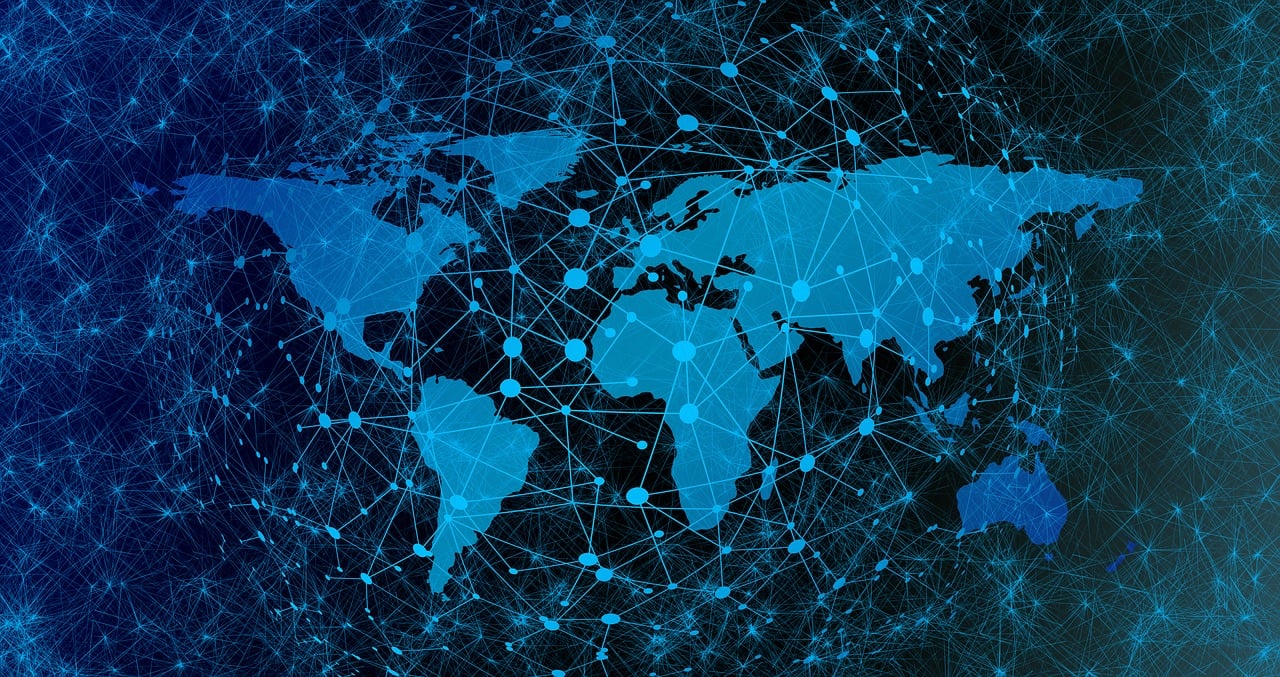Title: The Principle of Optical Fibers Replace Cable in Communications
Optical fibers have been widely used in communication systems due to their superior performance compared to traditional cable-based transmission. This is mainly because they offer faster data transfer rates, lower latency, and greater bandwidth capacity. The principle of replacing cables with optical fibers involves the use of lasers or light sources that transmit data through a fiber optic cable. The data is encoded into pulses of light and transmitted at high speeds over long distances without any loss of quality or signal degradation. This makes it possible to transmit vast amounts of data quickly and efficiently, which is essential for modern communication systems. Additionally, the use of optical fibers eliminates the need for physical connections between devices, reducing costs and simplifying network setup. Overall, the principle of replacing cables with optical fibers has revolutionized the field of communication technology, providing faster, more reliable, and cost-effective solutions for data transmission.
As the world continues to advance technologically, there is a growing demand for faster and more efficient communication systems. One of the most significant improvements in this area has been the introduction of optical fibers, which are gradually replacing traditional communication cables like coaxial and twisted-pair cables. This shift is largely due to the superior performance and flexibility offered by optical fibers. In this article, we will discuss the principle behind how optical fibers replace communication cables.
Communication Cables: A Brief Overview
Cables play a crucial role in transmitting information through electrical signals. There are several types of communication cables, each with its unique properties and applications. Some of the most common ones include coaxial cables, twisted-pair cables (e.g. Ethernet cables), and fiber optic cables. Each of these cables has its strengths and weaknesses, which have led to their widespread use in different communication systems.
Coaxial Cables

Coaxial cables are primarily used for cable television (CATV) systems and telephone networks. They consist of an inner copper wire surrounded by an insulating material and then covered with another layer of polyethylene (PE) or PVC sheathing. Coaxial cables transmit signals using electromagnetic waves, which are then transmitted along the length of the cable. The main advantage of coaxial cables is their low cost and ease of installation, making them suitable for many applications. However, they have some limitations, such as a limited bandwidth and susceptibility to interference from other electrical sources.
Twisted-Pair Cables
Twisted-pair cables (e.g. Ethernet cables) are commonly used in local area networks (LANs) and wireless networks. They consist of a pair of insulated wires that are twisted together to form a cable. Twisted-pair cables transmit signals using electrical pulses, which are then transmitted along the length of the cable. One of the main advantages of twisted-pair cables is their high data transfer rates and low latency, making them ideal for applications that require real-time communication, such as online gaming and video conferencing. However, they have some limitations, such as a limited distance between devices and susceptibility to interference from other electrical sources.
Optical Fibers: A Breakthrough Solution
Optical fibers offer several advantages over traditional communication cables, including higher bandwidths, lower latency, greater reliability, and resistance to interference. These characteristics make them suitable for applications that require fast and reliable communication, such as telecommunication systems, internet service providers (ISPs), and data centers.
The principle behind how optical fibers replace communication cables involves the use of light rather than electrical signals. An optical fiber consists of a long, thin cylinder made of glass or plastic that contains thousands or even millions of tiny mirrors called fibers. These fibers refract light back and forth inside the tube, creating a continuous pathway for the signal to travel. When an electrical signal is applied to one end of the fiber, it causes the light within the fiber to vibrate at a specific frequency, which is then transmitted to the other end of the fiber. At the receiving end, the vibration of the light is detected, allowing the signal to be decoded and interpreted accordingly.

Advantages of Optical Fibers over Traditional Cables
There are several reasons why optical fibers are increasingly being used to replace traditional communication cables:
Higher Bandwidths: Optical fibers can carry significantly more data than traditional cables due to their thinner diameters and higher number of fibers per unit length. This allows for faster data transmission rates and greater capacity in networks.
Lower Latencies: Because light travels at a much faster speed than electricity in vacuum conditions, optical fibers can achieve significantly lower latencies compared to twisted-pair cables or coaxial cables. This is especially important in time-critical applications like online gaming, video conferencing, and medical imaging.
Greater Reliability: Optical fibers are more resistant to electromagnetic interference (EMI) and radio frequency interference (RFI) than traditional cables because they do not conduct electricity like metal wires. This makes them less susceptible to noise and interference from other electrical sources
Articles related to the knowledge points of this article:
Communication Cable HYAT53: A Comprehensive Guide
30-Pair Communication Cables: A Comprehensive Guide
Title: Understanding the Cable Classification in Nanyang, Henan Province
Title: The State of the Art in High-End Telecommunication Cables